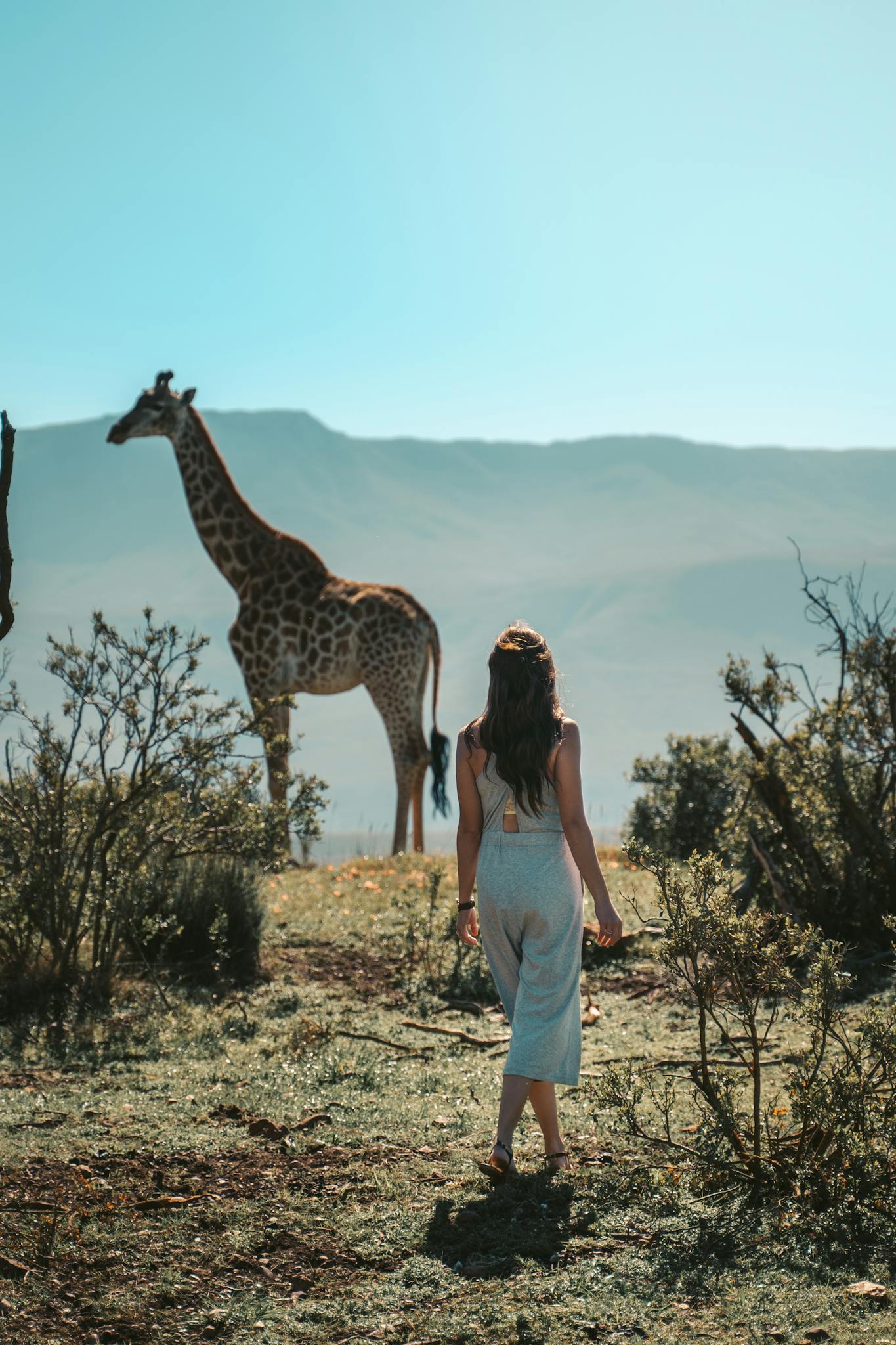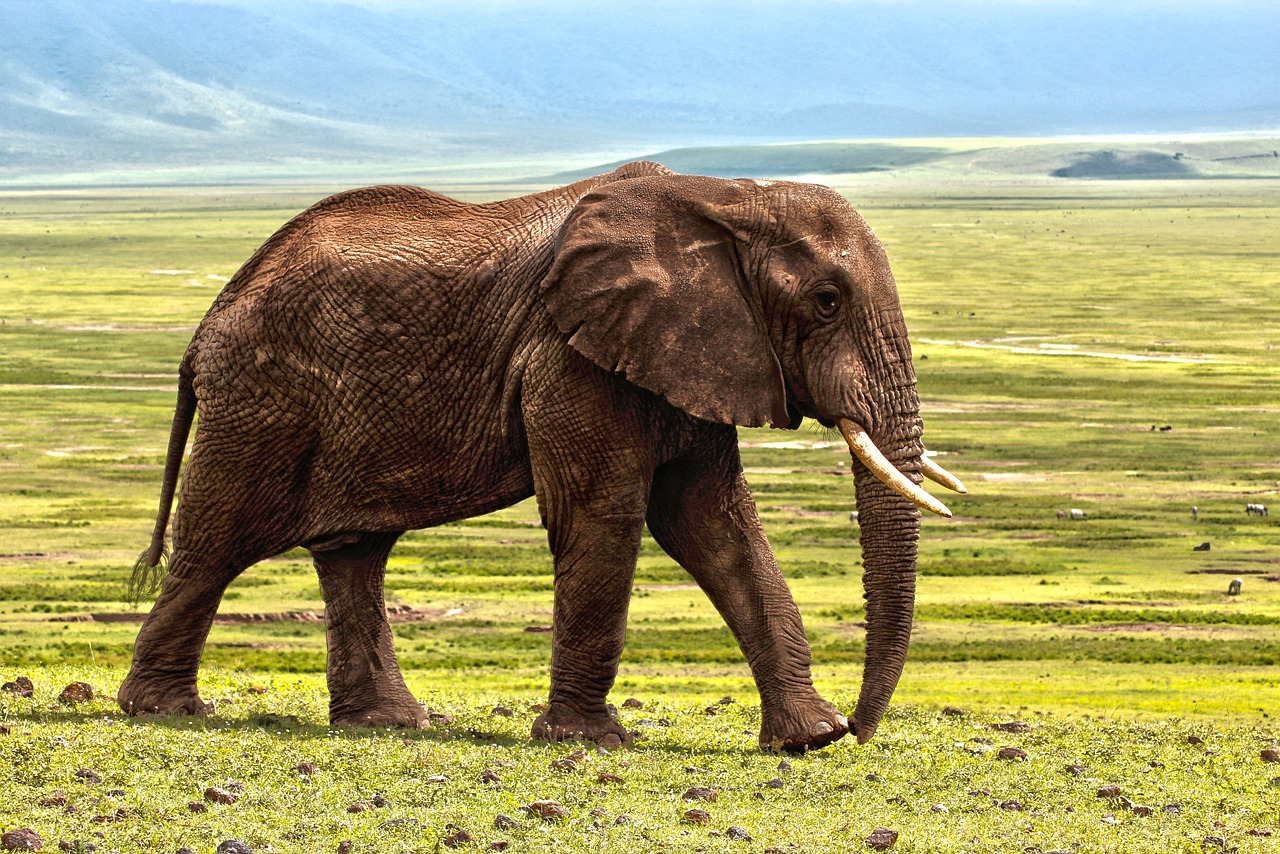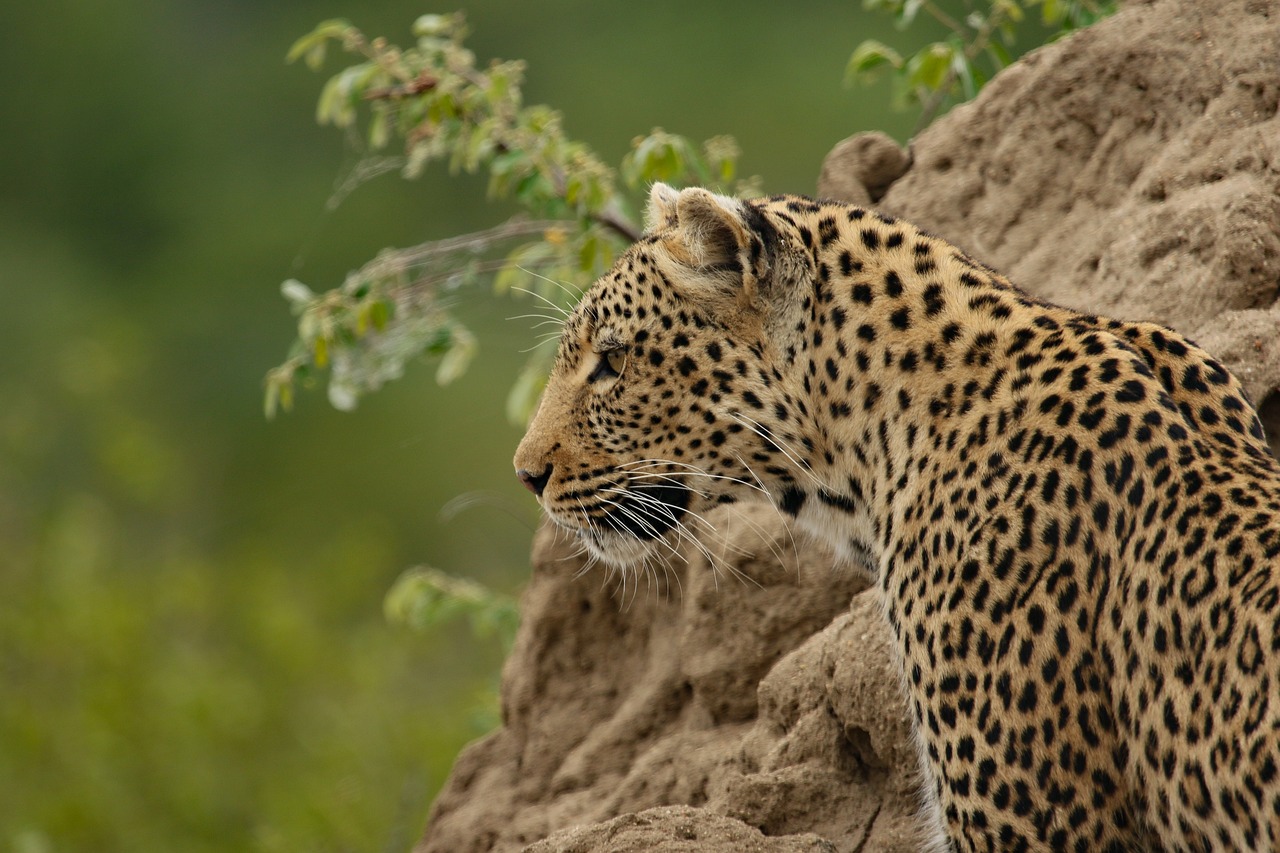Kenya 5 Day Masai Mara Safari
A comprehensive experience of the Masai Mara, blending wildlife encounters with cultural experiences and some relaxation. Enjoy your safari!.
Great migration safari Kenya
A focused experience on the Great Migration, providing ample opportunities to witness this awe-inspiring event while also enjoying the broader wildlife and cultural offerings of the Masai Mara.
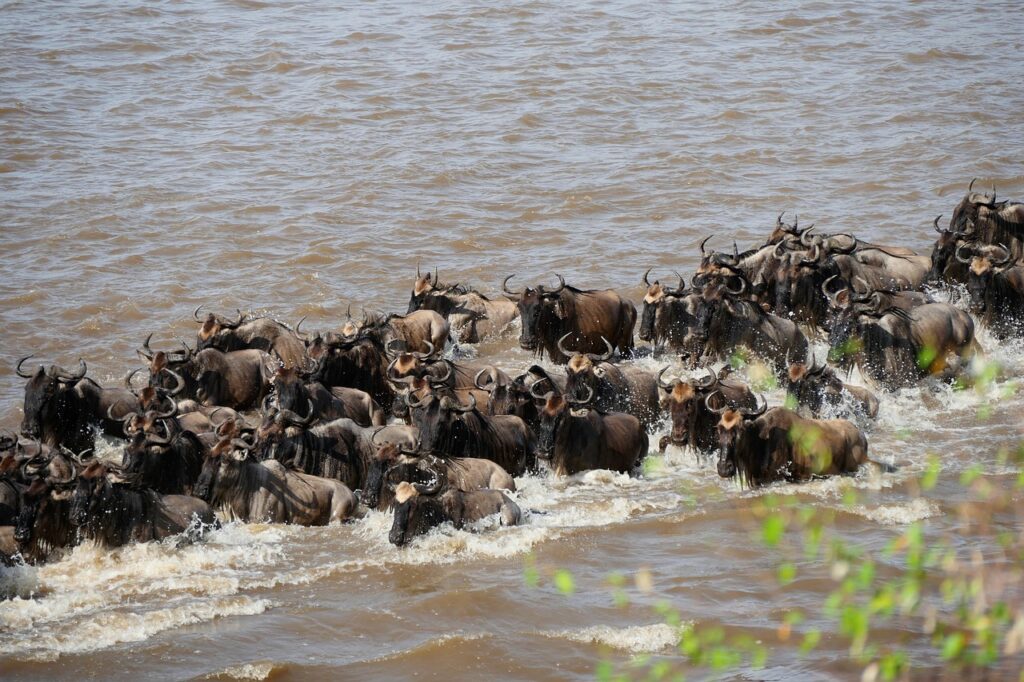
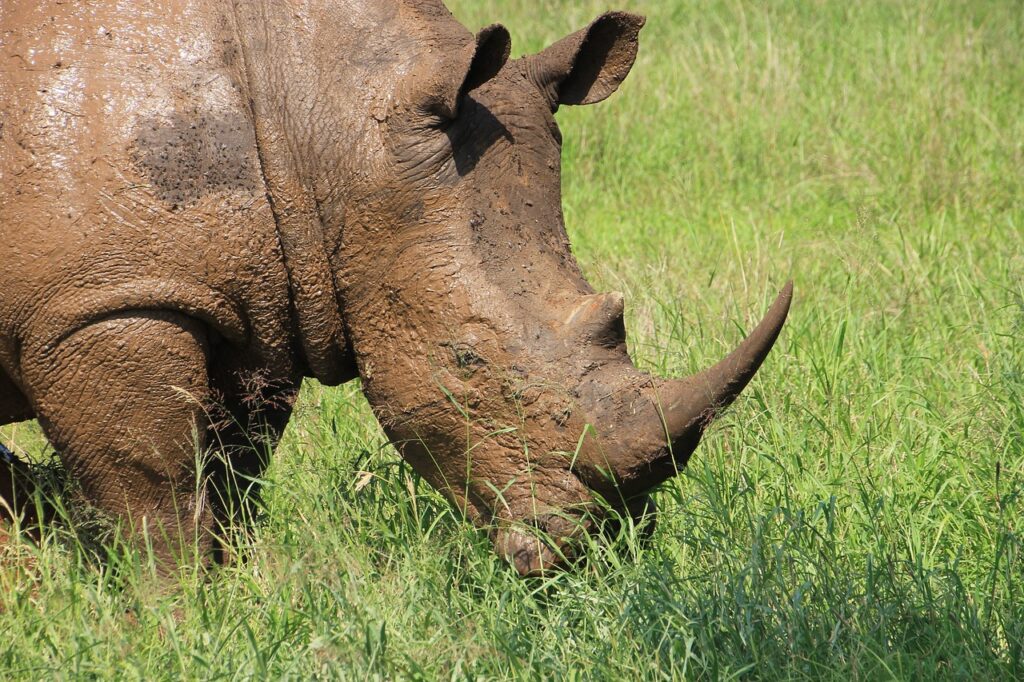
5 Day Masai Mara Safari itinerary.
Day 1: Pick up from your hotel and drive to Masai Mara. Afternoon safari drives. Meals and overnight at your lodge/luxury camp.
Day 2: Full-Day Safari Drives. Meals and overnight at your lodge/camp.
Day 3: Mara River and Cultural Experience where you might witness the dramatic river crossings of wildebeest during the migration season (July to October). Meals and overnight at your lodge.
Day 4: Balloon Safari (optional) and more safari drives. A visit to Maasai village. Meals and overnight at your lodge.
Day 5: Enjoy your breakfast and drive back to Nairobi safari en-route.
Explore Maasai Mara
If you’re looking for a deeper exploration of the Maasai Mara beyond the Great Migration, here’s a detailed Masai Mara itinerary that combines game drives, cultural experiences, and some off-the-beaten-path activities.
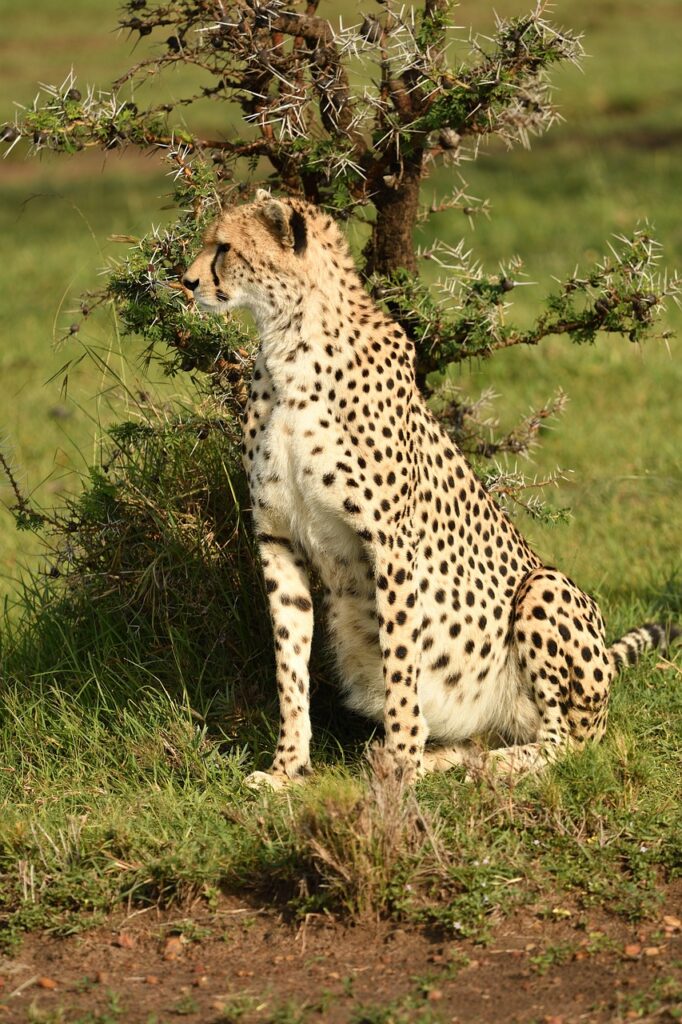
Where is Masai Mara Located?
Location: Southwestern Kenya
Boardering Serengeti National Park in Tanzania; together they form the larger Mara-Serengeti ecosystem.
Size: Approximately 1,510 square kilometers (583 square miles).
Geographical features: The Maasai Mara features a diverse landscape that includes rolling savanna’s, acacia woodlands, and open plains. The Mara River, which flows through the reserve, is a key feature and a focal point during the Great Migration.
Wildlife: The Maasai Mara is renowned for its lion population, with several prides inhabiting the reserve.
– Large herds of elephants roam the reserve, often seen grazing on the abundant vegetation.
– Cape buffalo are commonly spotted in large herds throughout the reserve.
– Leopards are elusive but can be seen in the Mara, especially around tree-covered areas.
– Although not as common, both black and white rhinoceroses are found here, often in conservation-focused areas
– Giraffe: The Maasai giraffe, a subspecies with distinctive irregular spots, is commonly seen.
– Cheetah: The reserve is known for its high density of cheetahs, offering great opportunities for sightings.
– Hyena: Spotted hyenas and striped hyenas are frequently encountered.
– Various Antelope: Including Grant’s gazelle, Thomson’s gazelle, and impala.
Great migration: The Great Migration typically occurs between July and October when millions of wildebeest, zebra, and gazelle move from the Serengeti into the Maasai Mara in search of fresh grazing grounds.River Crossings: The Mara River crossings, where animals brave crocodiles and strong currents, are among the most dramatic and photographed events in the migration.Other Wildlife:
Savannah Grasses: The majority of the reserve is covered in grasslands, which support the large herbivore populations.
Acacia Trees: Scattered throughout the reserve, acacia trees provide essential habitats and browsing opportunities for many animals.
Riverine Vegetation: Along the Mara River, you’ll find dense vegetation and trees that attract a different set of wildlife.
Culture


Maasai People: The Maasai Mara is named after the Maasai people, who inhabit the area. The Maasai are a semi-nomadic pastoralist community known for their distinct customs, vibrant dress, and traditional dances.
Cultural Visits: Many safari packages include visits to Maasai villages, where visitors can learn about Maasai culture, traditions, and way of life.

